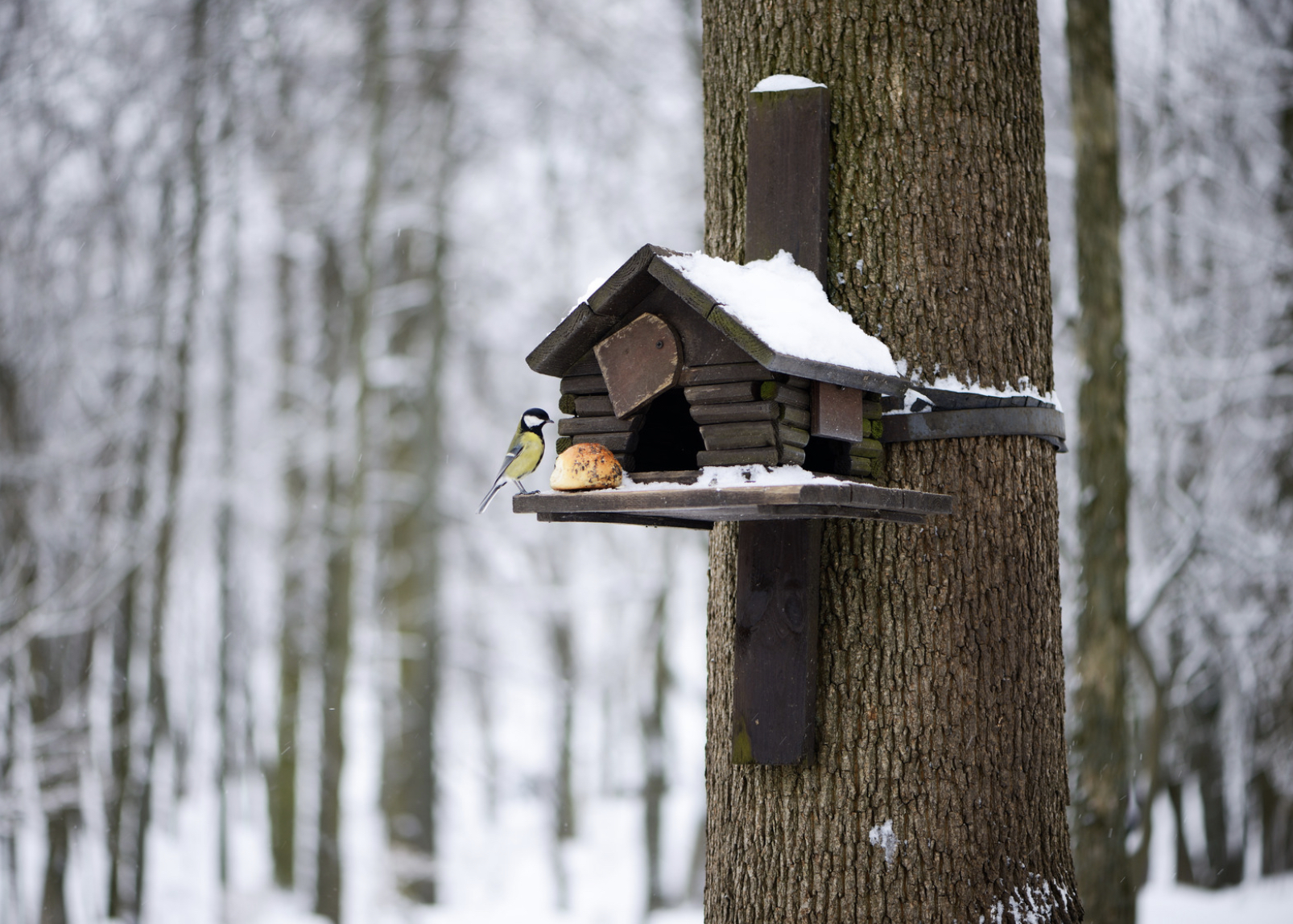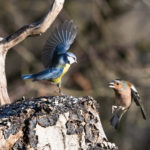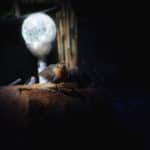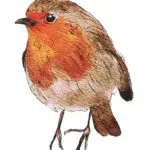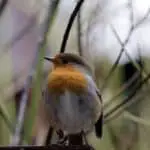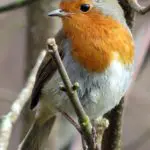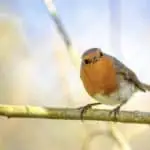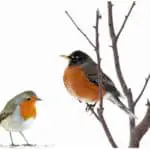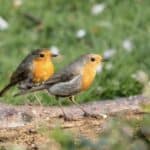If you want to help your local birds, then one of the best things you can do is to provide them with a pleasant, safe and secure home.
However, trying to find a safe spot that is not accessible to predators can be somewhat challenging. Saying that, here are some tips on where to position a bird nesting box in order to make it more difficult for intruders to gain access.
Nesting boxes:
- should be placed where cats cannot get to them
- with a combined bird feeder should be avoided, and boxes should not be placed too close to your garden’s bird feeders. In addition to disturbing the breeding birds, visitors may also bring unwanted predators to the feeder, which can lead to unsolicited collisions between the birds.
- should be positioned at least two metres from the ground. The entry hole should face away from the prevailing wind, and there should be an unobstructed flight path to the box.
- should be protected from the prevailing wind, rain, and direct sunshine; therefore, opt for a northerly, easterly, or southerly aspect in most UK gardens. To further protect the box from rain, dispose of it with a slight downward incline if possible.
The height of the box isn’t critical for many species. But some species have a unique criteria for where a box should be placed. Regardless of where you put the box, be sure you can still get to it for maintenance.
Nest box types
There are two varieties of bird nest boxes, each of which is appropriate for different bird species. The first is a little holed nest box with an open front, and the other a small hole nest box; both will require various types of sitting.
Placement of an open-fronted nest box
Robins, Wrens, and Pied Wagtails usually choose this nest box. Ideally, they’re hung 1-2 metres from the ground on a wall, fence, or tree with enough foliage surrounding it, such as bushes and creepers, to provide shelter for passing birds. Blackbirds will occasionally use larger versions of these nest boxes as well.
Placement of a small hole nest box
This is the most common nest box, since there are several varieties of bird species that will be attracted to this kind of home. The size of the entry hole and the height at which it should be positioned are one of the most important considerations for a this kind of nest box. This will determine which birds will come to the nest box and make themselves home.
The optimal height for most birds to install the nest box is between 2-4 metres, securely affixed to a wall, fence, or tree to keep predators away. Blue, coal, and marsh tits prefer entry holes 25mm in diameter, whereas tree sparrows and great tits prefer entrance holes 28mm in diameter.
Choosing the Appropriate Direction
The importance of direction should not be underestimated. The bird box should face north or east, offering more cover from the wind and rain while also keeping it out of direct sunlight. If the box is exposed to direct sunlight, there is a risk of it getting too hot for the chicks. Furthermore, rain can enter and fill the bird box if it is fixed in a straight position.
Bird boxes should not be placed too close to permanent bird feeders. While you will want the birds to notice it, established bird feeders have a lot of back and forth activity, and this may easily disrupt nesting and even cause birds to abandon their nests.
Distribute bird boxes throughout the garden, ensuring that each entry has a straight flight route.
Conclusion
Natural nesting sites are scarce. Providing bird boxes and feeding birds aids in the survival of the population. At one time, the birds that frequent your garden might have been agricultural or forest birds. But as these habitats have become limited in the UK, birds are also visiting gardens as their alternative habitat.
